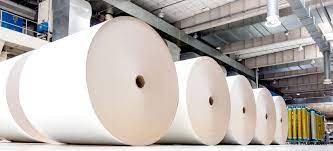
Addressing reporters here on Tuesday, T. Balakumar, president, chairman of Development Council for Pulp, Paper and Allied Industries said the used papers and boards were being recycled to the maximum possible extent of 85% in the developed nations while it was only 50% in India forcing the country to import 70 lakh tonnes of ‘waste paper’ and 1.50 lakh tonnes of paper pulp, the raw material from other countries for making papers and boards for packaging industry here.
In other words, India was spending annually foreign exchange to the tune of over Rs. 20,000 crore every year for importing waste papers even as this priceless raw material was very much available here but getting wasted.
He said over 500 million tonnes of degradable waste getting generated from the ranches across the country every year and around 140 million tonnes were being wasted by way of trashing and burning after 360 million tonnes of farm waste was being used as fodder. “If we can get the 140 million tonnes of farm waste, it will be major boost to the paper industry as it is a good raw material for us,” Mr. Balakumar said.
“Hence, we appeal to the public not to trash the paper or even the small medicine boxes. Please store in your house and sell it for a price as it’s a priceless raw material for our industry, which is unnecessarily spending a whopping sum in the form of foreign exchange by importing the waste paper,” said Mr. Balakumar.
He said efforts were on to buy the paper waste from the local bodies as the sanitary workers of the civic bodies collect separately the degradable and non-degradable waste from the public as part of the solid waste management programme.
He refuted the popular allegation that the paper and pulp industries were polluting waterbodies and the environments with their effluents, especially the liquid waste. He said the water being used in the paper and boards manufacturing units was being treated in the effluent treatment plants and recycled within the plant premises for nourishing the green cover. “We’re ‘zero discharge’ units, thanks to modern techniques,” Mr. Balakumar said







